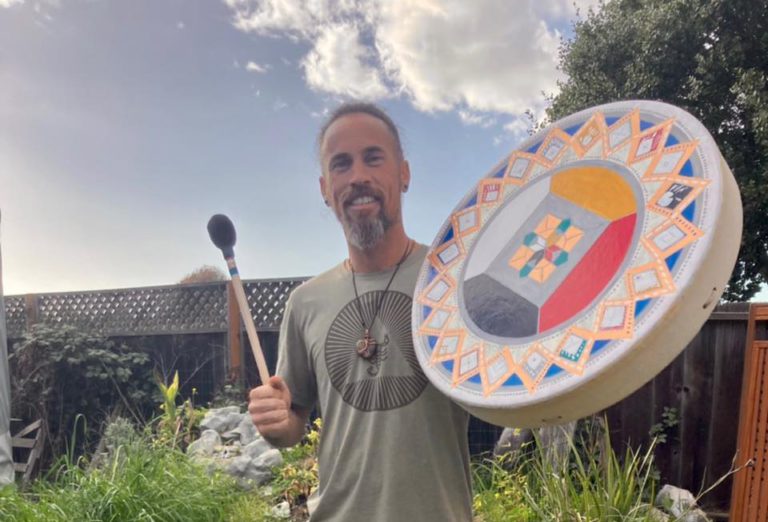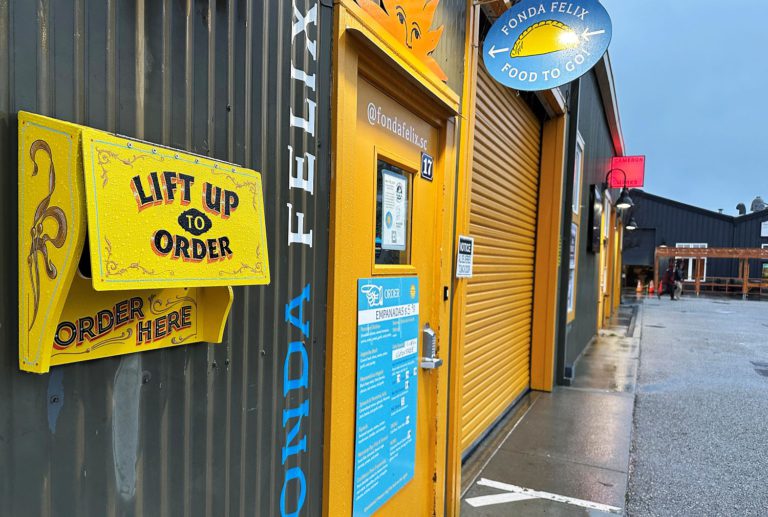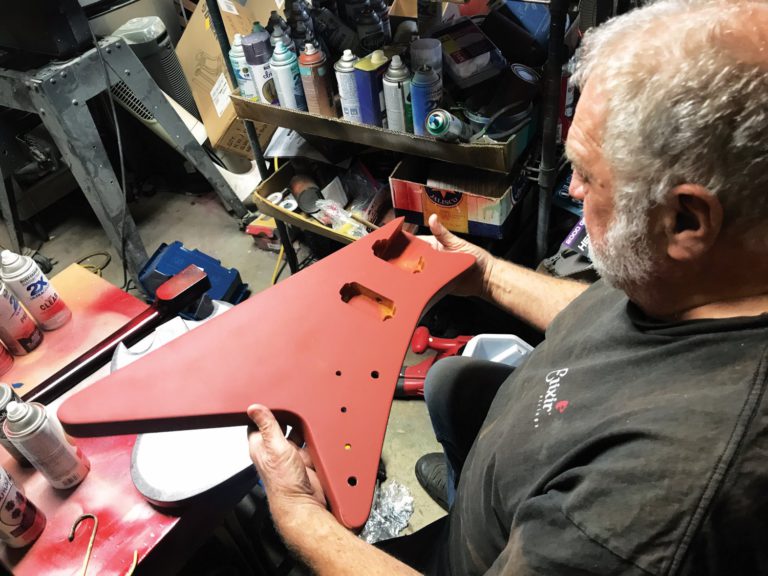ARIES March 21-April 19
In my astrological estimation, the coming weeks will be an ideal time for you to declare amnesty, negotiate truces, and shed long-simmering resentments. Other recommended activities: Find ways to joke about embarrassing memories, break a bad habit just because it’s fun to do so, and throw away outdated stuff you no longer need. Just do the best you can as you carry out these challenging assignments; you don’t have to be perfect. For inspiration, read these wise words from poet David Whyte: “When you forgive others, they may not notice, but you will heal. Forgiveness is not something we do for others; it is a gift to ourselves.”
TAURUS April 20-May 20
Many of you Tauruses have a robust capacity for doing diligent, effective work. Many of you also have a robust capacity for pursuing sensual delights and cultivating healing beauty. When your mental health is functioning at peak levels, these two drives to enjoy life are complementary; they don’t get in each other’s way. If you ever fall out of your healthy rhythm, these two drives may conflict. My wish for you in the coming months is that they will be in synergistic harmony, humming along with grace. That’s also my prediction: I foresee you will do just that.
GEMINI May 21-June 20
Many people choose wealthy entertainers and celebrity athletes for their heroes. It doesn’t bother me if they do. Why should it? But the superstars who provoke my adoration are more likely to be artists and activists. Author Rebecca Solnit is one. Potawatomi biologist and author Robin Wall Kimmerer. The four musicians in the Ukrainian band DahkaBrakha. Poet Rita Dove and novelist Haruki Murakami. My capacity to be inspired by these maestros seems inexhaustible. What about you, Gemini? Who are the heroes who move you and shake you in all the best ways? Now is a time to be extra proactive in learning from your heroes—and rounding up new heroes to be influenced by.
CANCER June 21-July 22
Your homework assignment is to work on coordinating two issues that are key to your life’s purpose. The first of these issues is your fervent longing to make your distinctive mark on this crazy, chaotic world. The second issue is your need to cultivate sweet privacy and protective self-care. These themes may sometimes seem to be opposed. But with even just a little ingenious effort, you can get them to weave together beautifully. Now is a good time to cultivate this healing magic.
LEO July 23-Aug. 22
If you don’t recognize the face in the mirror right now, that’s a good thing. If you feel unfamiliar feelings rising up in you or find yourself entertaining unusual longings, those are also good things. The voice of reason may say you should be worried about such phenomena. But as the voice of mischievous sagacity, I urge you to be curious and receptive. You are being invited to explore fertile possibilities that have previously been unavailable or off-limits. Fate is offering you the chance to discover more about your future potentials. At least for now, power can come from being unpredictable and investigating taboos.
VIRGO Aug. 23-Sept. 22
I invite you to study the fine art of sacred intimacy in the coming weeks. Life’s rhythms will redound in your favor as you enjoy playing tenderly and freely with the special people you care for. To aid you in your efforts, here are three questions to ponder. 1. What aspects of togetherness might flourish if you approach them with less solemnity and more fun? 2. Could you give more of yourself to your relationships in ways that are purely enjoyable, not done mostly out of duty? 3. Would you be willing to explore the possibility that the two of you could educate and ripen each other’s dark sides?
LIBRA Sept. 23-Oct. 22
Creativity teacher Roger von Oech tells how bandleader Count Basie asked a club owner to fix his piano. It was always out of tune. A few weeks later, the owner called Basie to say everything was good. But when Basie arrived to play, the piano still had sour notes. “I thought you said you fixed it!” Basie complained. The owner said, “I did. I painted it.” The moral of the story for the rest of us, concludes von Oech, is that we’ve got to solve the right problems. I want you Libras to do that in the coming weeks. Make sure you identify what really needs changing, not some distracting minor glitch.
SCORPIO Oct. 23-Nov. 21
Most of us have received an inadequate or downright poor education about love and intimate togetherness. Given how much misinformation and trivializing propaganda we have absorbed, it’s amazing any of us have figured out how to create healthy, vigorous relationships. That’s the bad news, Scorpio. The good news is that you are cruising through a sustained phase of your astrological cycle when you’re far more likely than usual to acquire vibrant teachings about this essential part of your life. I urge you to draw up a plan for how to take maximum advantage of the cosmic opportunity. For inspiration, here’s poet Rainer Maria Rilke: “For one human being to love another human being: that is perhaps the most difficult task entrusted to us, the ultimate task, the final test and proof, the work for which all other work is merely preparation.” (Translation by Stephen Mitchell.)
SAGITTARIUS Nov. 22-Dec. 21
The myths and legends of many cultures postulate the existence of spirits who are mischievous but not malevolent. They play harmless pranks. Their main purpose may be to remind us that another world, a less material realm, overlaps with ours. And sometimes, the intention of these ethereal tricksters seems to be downright benevolent. They nudge us out of our staid rhythms, mystifying us with freaky phenomena that suggest reality is not as solid and predictable as we might imagine. I suspect you may soon have encounters with some of these characters: friendly poltergeists, fairies, ghosts, sprites, or elves. My sense is that they will bring you odd but genuine blessings.
CAPRICORN Dec. 22-Jan. 19
Some studies suggest that less than half of us have best friends. Men are even less likely to have beloved buddies than the other genders do. If you are one of these people, the coming weeks and months will be an excellent time to remedy the deficiency. Your ability to attract and bond with interesting allies will be higher than usual. If you do have best friends, I suggest you intensify your appreciation for and devotion to them. You need and deserve companions who respect you deeply, know you intimately, and listen well. But you’ve got to remember that relationships like these require deep thought, hard work, and honest expressions of feelings!
AQUARIUS Jan. 20-Feb. 18
Among all the zodiac signs, you Aquarians are among the best at enjoying a bird’s-eye perspective on the world. Soaring high above the mad chatter and clatter is your birthright and specialty. I love that about you, which is why I hardly ever shout up in your direction, “Get your ass back down to earth!” However, I now suspect you are overdue to spend some quality time here on the ground level. At least temporarily, I advise you to trade the bird’s-eye view for a worm’s-eye view. Don’t fret. It’s only for a short time. You’ll be aloft again soon.
PISCES Feb. 19-March 20
In old Hawaii, the people loved their deities but also demanded productive results. If a god stopped providing worshipers with what they wanted, they might dismiss him and adopt a replacement. I love that! And I invite you to experiment with a similar approach in the coming weeks. Are your divine helpers doing a good job? Are they supplying you with steady streams of inspiration, love, and fulfillment? If not, fire them and scout around for substitutes. If they are performing well, pour out your soul in gratitude.
Homework: What do you want to do but have not been doing it—for no good reason? Newsletter.FreeWillAstrology.com


























